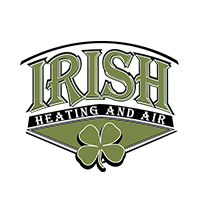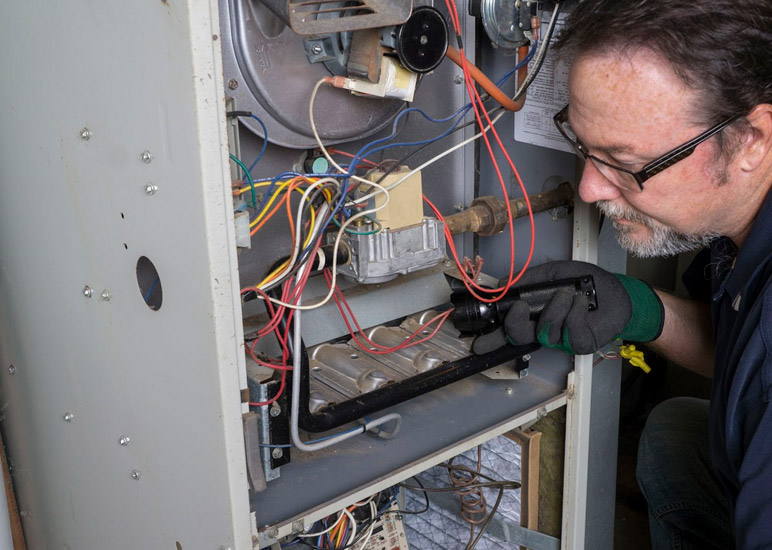 In the labyrinth of modern home appliances, distinguishing between different types can sometimes be perplexing. Your furnace, that guardian of warmth, is no exception. For homeowners in Tracy, CA, and elsewhere, identifying whether their furnace is gas-powered or electric is essential for maintenance, efficiency, and safety reasons.
In the labyrinth of modern home appliances, distinguishing between different types can sometimes be perplexing. Your furnace, that guardian of warmth, is no exception. For homeowners in Tracy, CA, and elsewhere, identifying whether their furnace is gas-powered or electric is essential for maintenance, efficiency, and safety reasons.
The Anatomy of the Furnace
Understanding the structure and components of a furnace is akin to knowing the heart of your home’s heating system. Each part plays a vital role in ensuring the warmth and comfort that you cherish during the chilly months. But how can you recognize these integral components and understand their function? Let’s get acquainted.
- Thermostat: This small device, usually mounted on a wall in a frequently-used room, is the control center of your heating system. It reads the room’s temperature and signals the furnace to either ignite or shut down.
- Air Filter: Located inside the furnace or in the return air vent, this component ensures that the air circulating through your home is clean by trapping dust and debris.
- Ductwork: These are the large, often metal, tubes that run throughout your home, delivering the warm air from the furnace to different rooms.
Your Furnace Type: Key Indicators
Before diving into the specific identification cues, it’s insightful to grasp the core operational differences between gas and electric furnaces. A gas furnace uses natural gas or propane ignited in its combustion chamber to produce heat. This heat is then transferred to the air, which is circulated throughout your home. An electric furnace, on the other hand, uses electric heating elements to warm the air. Electricity flows through these elements, and as they resist the electric flow, they heat up, thus warming the surrounding air. With these foundational differences in mind, recognizing which type of furnace resides in your home becomes simpler.
- Presence of a Gas Line: The most blatant indicator of a gas furnace is the gas line leading to it. If you spot a pipe (usually black iron) connected to your furnace, it’s gas-operated.
- Exhaust Flue: Gas furnaces produce small amounts of waste when burning natural gas, which is expelled through a metal flue. If you see a round metal pipe (often going up through the roof), you’re likely dealing with a gas furnace.
- Sound: Electric furnaces are generally quieter than their gas counterparts since they don’t combust gas.
- Utility Bills: Review your utility bills. If you have a consistent gas charge, even during the warmer months when you aren’t using a gas stove or water heater extensively, a gas furnace might be the reason.
Making the Most of Your Furnace
Whether you have a gas or electric furnace, routine maintenance is key. Regular check-ups, filter changes, and timely repairs ensure longevity and efficient performance. If you ever have uncertainties about your furnace type or its operation, professionals like Irish Heating and Air Conditioning stand ready to assist, ensuring every winter evening is comfortably warm.
In Warm Conclusion
Knowledge is warmth. By distinguishing your furnace type, you equip yourself with essential information that aids in maintenance, troubleshooting, and potential upgrades. No matter the furnace, ensuring its smooth operation promises countless cozy nights.





